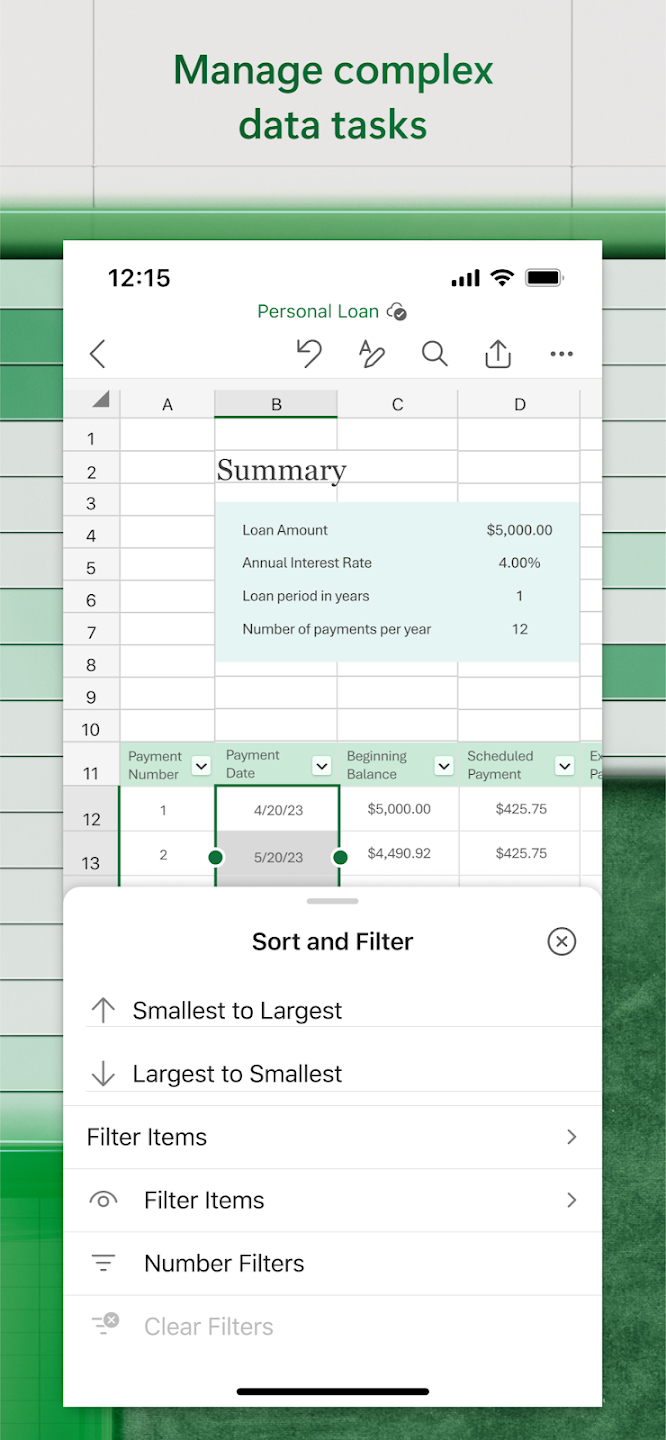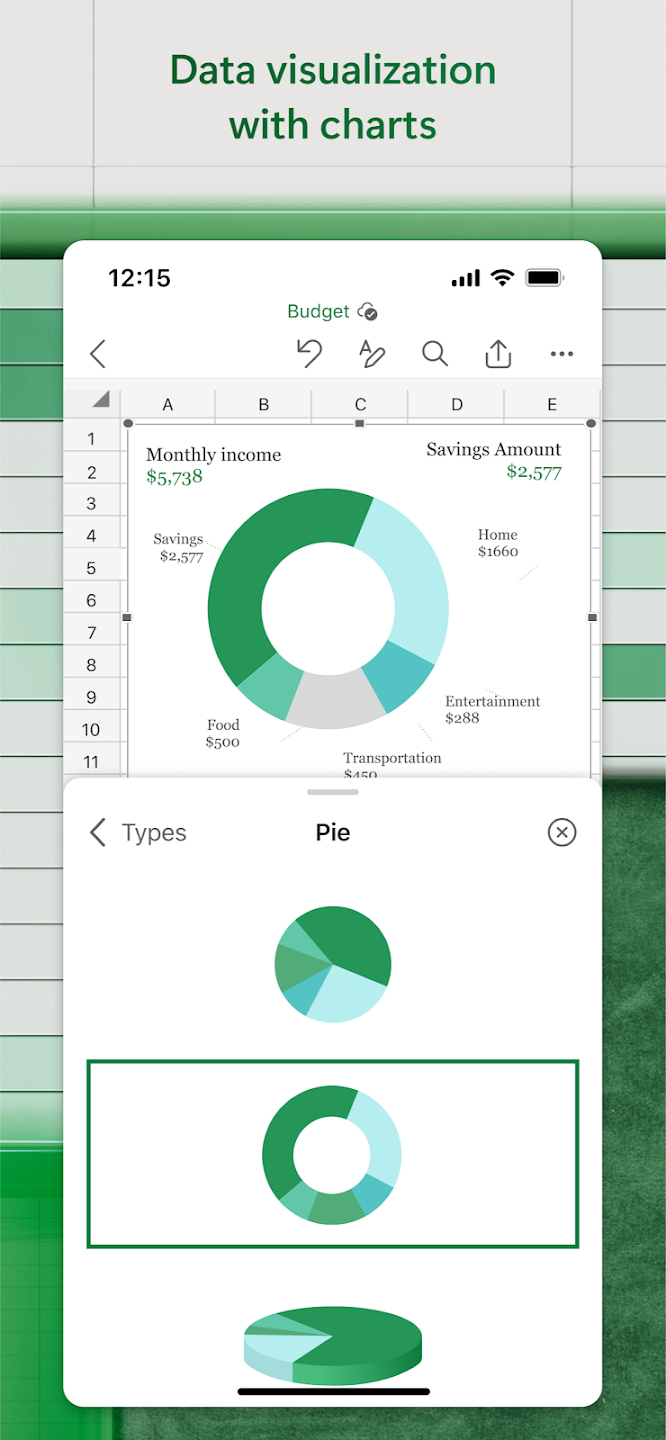How to play:
1. Opening Excel:
Launch Excel and open a new workbook to start working with your data.
2. Entering Data:
Click on a cell and start typing to enter data. Use different sheets within a workbook to organize information efficiently.
3. Basic Formulas:
Begin with basic formulas like addition, subtraction, multiplication, and division to perform calculations.
4. Functions:
Explore Excel's extensive library of functions to enhance your data analysis capabilities.
5. Cell Formatting:
Format cells to make your data visually appealing and easy to interpret.
6. Charts and Graphs:
Create charts or graphs to visualize trends and patterns in your data.
7. Sorting and Filtering:
Arrange and filter data to focus on specific subsets and analyze them more effectively.
8. PivotTables:
Learn how to use PivotTables to summarize and analyze large datasets dynamically.
9. Collaboration:
Share your workbook with others for real-time collaboration, allowing multiple users to edit simultaneously.
10. Data Analysis Tools:
- Explore advanced tools like Goal Seek, Scenario Manager, and Solver for in-depth analysis and decision-making.
Mastering these basic steps will unlock the full potential of Microsoft Excel, enabling you to effectively manage and analyze data in personal and professional contexts. Happy spreadsheeting!





